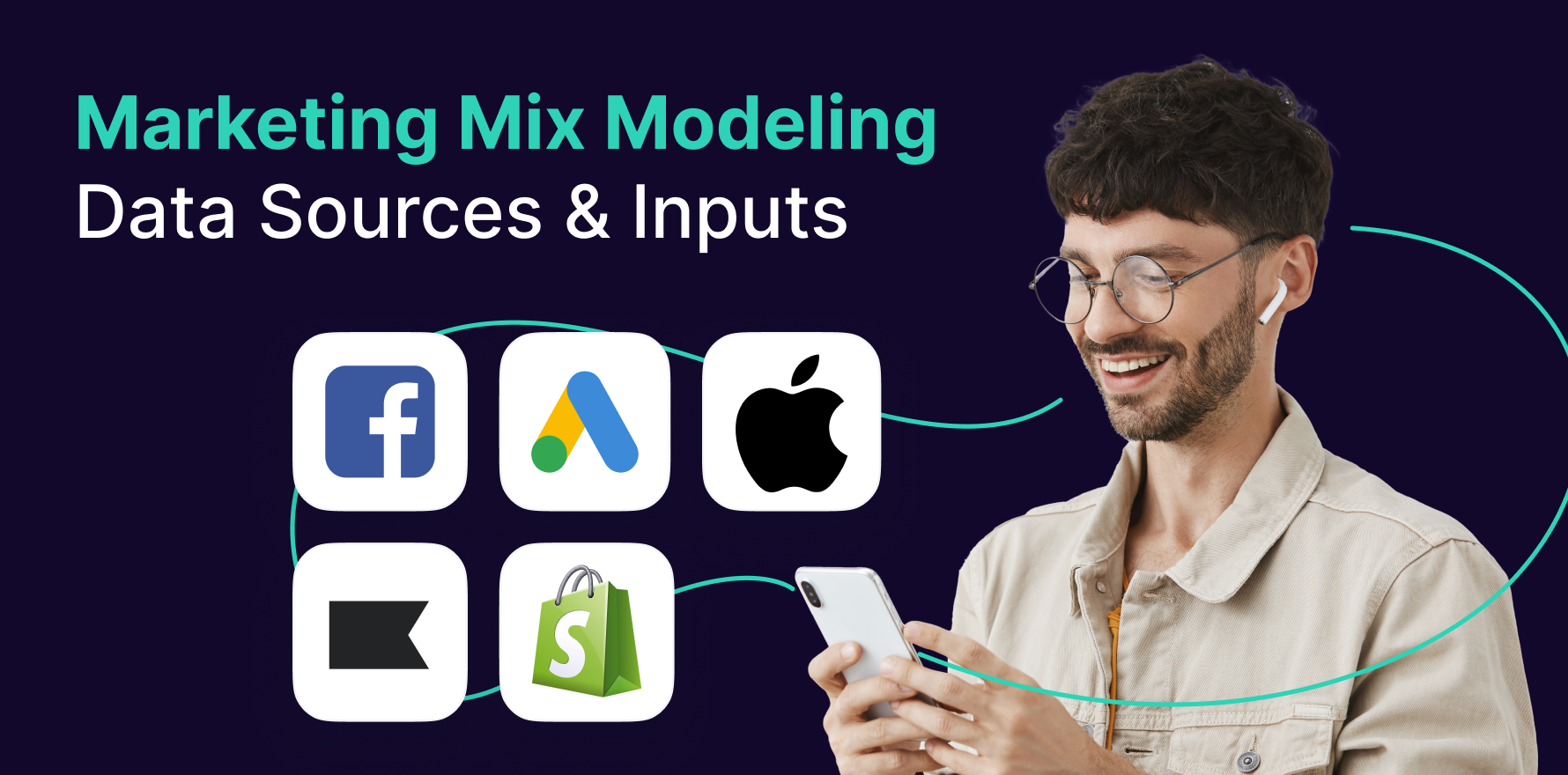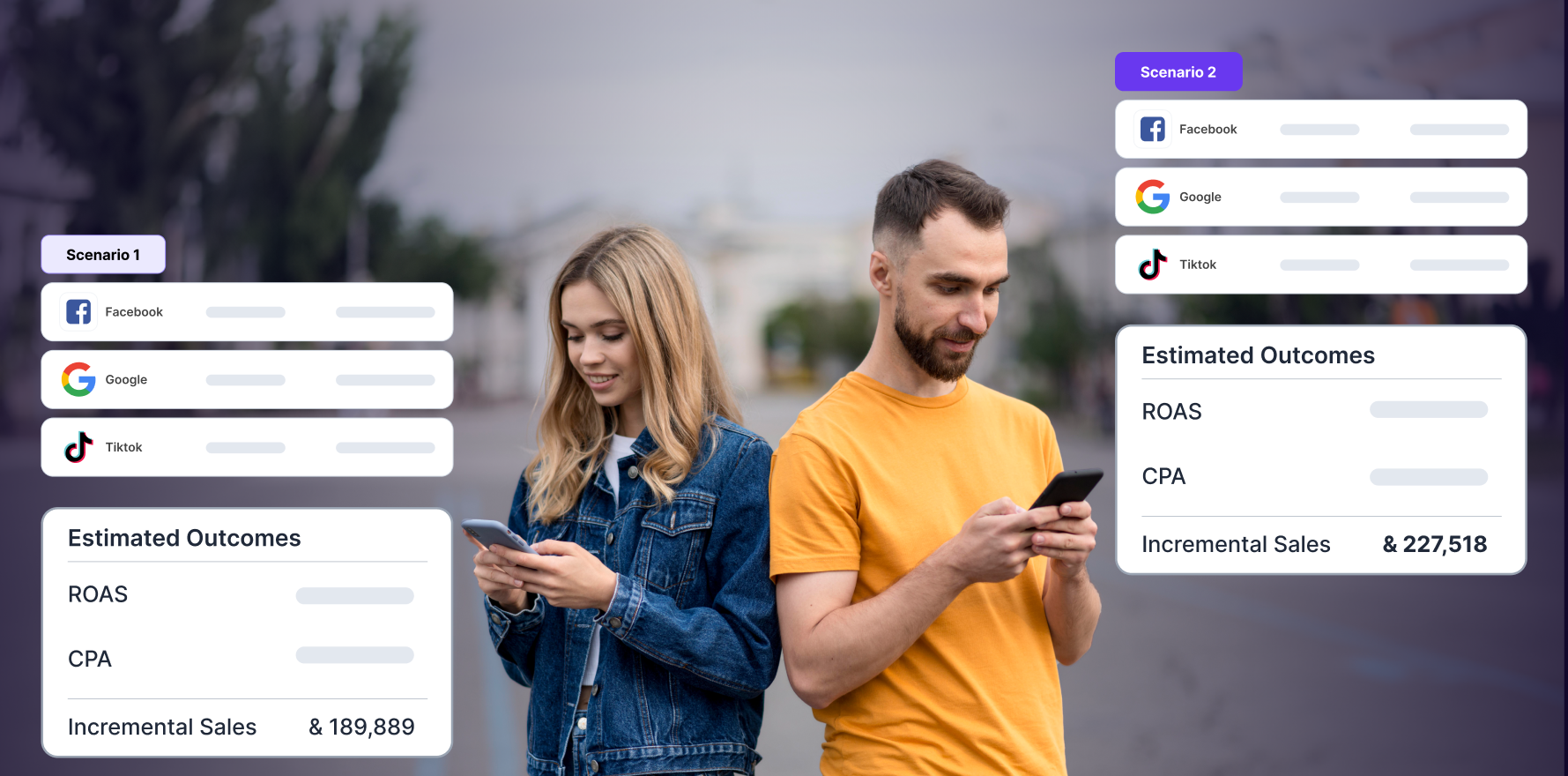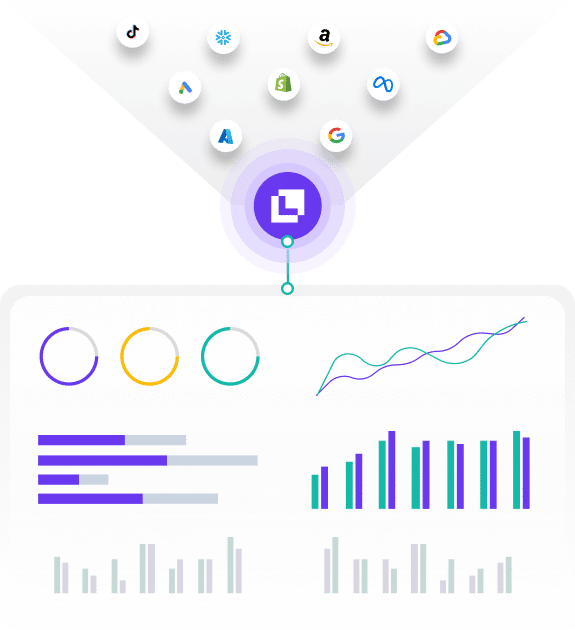What is Attribution Insights?
Attribution insights are the measurable or statistical data points that help to recognize the parts of your digital marketing strategy responsible for influencing consumer behavior. Put differently, it helps establish a connection between marketing efforts and results. Its key application in ecommerce lies in its capability to track and evaluate individual consumer journeys from the first touchpoint (awareness) to the last (conversion).
These insights enable marketers to allocate the right credit to the correct marketing channels responsible for consumer conversions. It provides a way to understand the user conversion journey, helping businesses to use their marketing budgets more effectively. It lets you identify the paths that lead to the best results, enabling you to attribute conversions to the correct digital marketing channels.
Formula
The main formulas applied in garnering Attribution Insights are:
- First Click Attribution: 100% of conversion credit is assigned to the first touchpoint.
- Last Click Attribution: The final touchpoint before the conversion receives all the credit.
- Linear Attribution: Here, every touchpoint receives equal credit for the conversion.
- Time-Decay Attribution: More recent touchpoints get more credit.
Example
For instance, if a user finds your ecommerce website through a Google search (first click), then later through a Facebook ad (middle click), and finally makes a purchase after clicking an email link (last click), the attribution can be assigned in numerous ways based on the applied model.
Why is Attribution Insights important?
Attribution insights are crucial to maximizing ROI of marketing efforts by deploying strategic investment in the most effective channels. They provide a deeper understanding of customer journeys, allowing for improved budget allocation, better targeted communication, customer retention, and improved overall marketing efficacy.
Which factors impact Attribution Insights?
Improve Attribution insights by integrating as many touchpoints as possible. These can include organic search, paid adverts, email marketing, social media interactions, etc. It’s also important to regularly test and adjust the attribution models to better fit with any changes in consumer behavior.
How can Attribution Insights be improved?
Some factors affecting attribution insights include the user’s device(s), user behavior changes, offline touchpoints, cross-channel interactions, and the time lag between the initial touchpoint and conversion.
What is Attribution Insights’s relationship with other metrics?
Attribution insights are strongly related to other ecommerce metrics like conversion rate, customer acquisition cost, customer lifetime value, and more. Understanding how attribution links to these metrics can provide a more holistic view of your customers and help you implement a more effective business strategy.
Free essential resources for success
Discover more from Lifesight
















